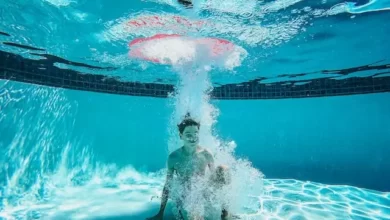Water Babies: Introducing Infants to the Joy of Swimming
In the tender early years of parenthood, discovering activities that promote both enjoyment and development for infants is a top priority. Among these, introducing babies to the water is an exceptional endeavour. The sheer delight reflected in a baby’s eyes when experiencing the sensation of being gently cradled in water is truly priceless.
This comprehensive guide is dedicated to the journey of transforming little ones into “water babies“—tiny adventurers who find joy, comfort, and even developmental benefits in the aquatic realm. Tailored for parents aged 20 to 45, this article explores the nuances of water introduction for infants, ensuring that each splash becomes a building block for a lifetime of positive experiences.
So, let’s dive into the enchanting world of water babies, discovering how swimming can be more than just a pastime; it can be a source of bonding, growth, and sheer happiness for infants and their parents.
In this article,
Why is it beneficial to introduce infants to swimming at an early age?
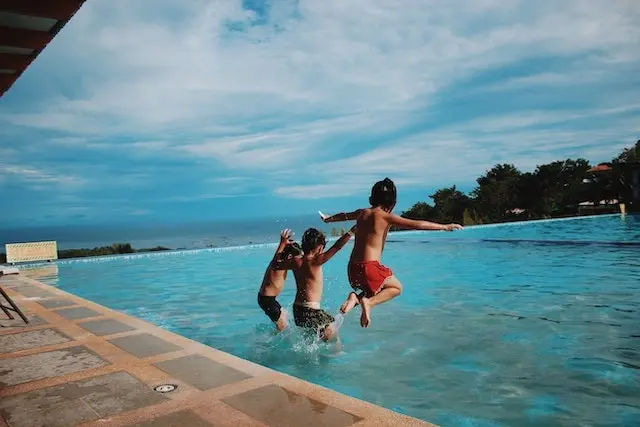
- Motor Skills Development: Initiating babies into swimming at an early age stimulates the development of motor skills and coordination. As they move in the water, babies engage different muscle groups, fostering overall physical development.
- Social Development: Beyond physical benefits, the social aspect is crucial. Swimming sessions provide a unique opportunity for babies to interact with their parents and other infants. This early social exposure lays the foundation for positive social development.
- Safety Awareness: Early exposure to water is essential for fostering safety awareness. As babies become familiar with water environments, they develop a healthy respect for water and, over time, gain a foundational understanding of water safety.
What Age Is Ideal to Start Introducing Babies to Swimming?
Although there is no set age, it is widely agreed that introducing babies to swimming should begin around six months of age. Many babies have enough head control and coordination at this age, which prepares them better for adventures in the water.
Head Control: One important component is having adequate head control. Infants should be able to keep their heads up steadily before beginning formal swimming training. This guarantees a more pleasant and safe swimming experience.
Consultation: Parents should speak with a paediatrician before starting any swimming training. Through this consultation, it is ensured that the infant is healthy enough to participate in aquatic activities and that their experience won’t be hampered by any health issues.

How Can Parents Ensure a Positive First Experience in the Water for Their Babies?
- Gradual Introduction: The key to a positive first experience is a gradual introduction to water. Parents should start with short, enjoyable sessions, allowing the baby to acclimate at their own pace.
- Supportive Swim Gear: Using baby floats or suits can provide additional support. These aids not only enhance safety but also contribute to the baby’s comfort and confidence in the water.
- Calm Environment: Choosing a calm and controlled environment for the first experience is crucial. Avoiding crowded or noisy pools and creating a serene atmosphere contributes to a positive introduction.
What Precautions Should Parents Take During Baby Swim Sessions?
- Constant Supervision: The primary precaution is constant supervision. Parents or caregivers should always stay within arm’s reach of the baby, regardless of the water’s depth.
- Safety Gear: Utilizing baby-friendly, non-slip mats around the pool’s edge and considering the use of flotation devices under supervision adds an extra layer of safety.
- Pediatric Consultation: Selecting swim environments specifically designed for infants and consulting with a paediatrician ensures that the chosen activities align with the baby’s developmental stage and health status.
Are There Specific Swimming Techniques Suited for Infants?
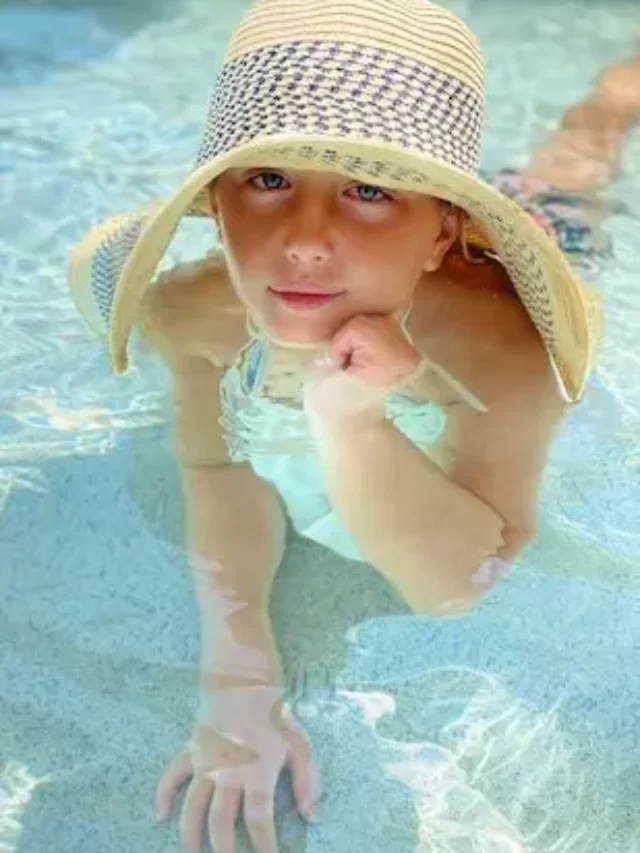
- Gentle Movements: The focus during baby swimming sessions should be on gentle movements. Activities that involve gentle kicks, arm movements, and floating on their backs contribute to a positive and comfortable experience.
- Nursery Rhymes: Incorporating nursery rhymes or songs into swimming sessions not only makes the experience enjoyable but also provides a rhythm for movements. This can turn swimming time into a playful and engaging activity.
- Age-Appropriate Activities: Tailoring activities to the baby’s age is crucial. Activities should align with their developmental stage, ensuring that they are neither too challenging nor too simple for the infant.
How Can Parents Deal with Potential Fear or Discomfort in Babies During Swim Sessions?
- Gradual Exposure: If a baby exhibits signs of fear or discomfort, it’s essential to introduce water gradually. Slowly pouring warm water over their bodies or allowing them to touch the water with their hands can help in acclimatization.
- Positive Reinforcement: Positive reinforcement plays a significant role in overcoming fear. Praise and encouragement, along with gentle physical support, create positive associations with water activities, making the baby more cooperative.
- Patience and Reassurance: Patience is key. Parents should be patient, understanding that overcoming fear is a process. Reassurance through comforting words and gestures helps build trust between the baby and the water environment.
What Swim Gear is Essential for Infant Swimming Sessions?
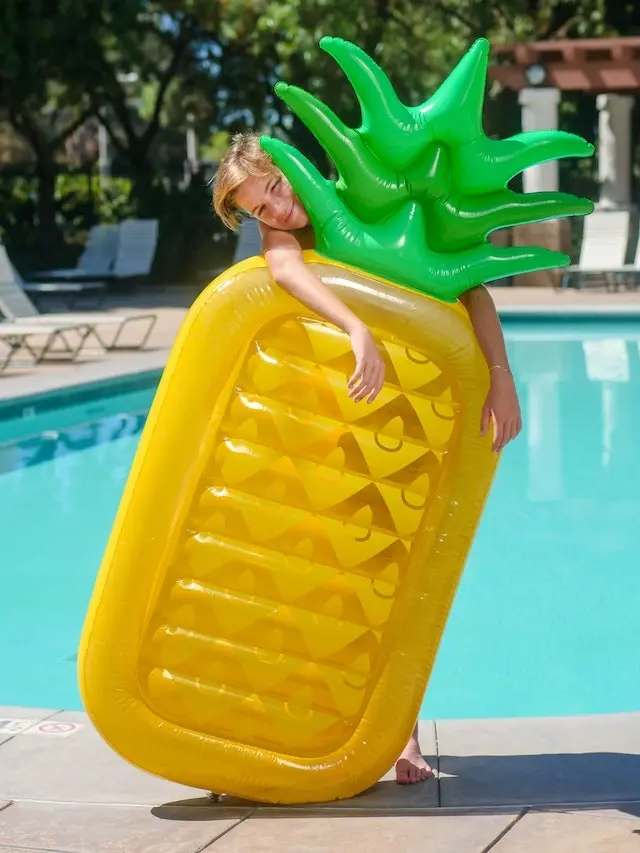
- Swim Diapers: Maintaining hygiene in the water is crucial, and the use of swim diapers is essential. These diapers prevent any accidents in the pool, ensuring a clean and safe swimming environment.
- Baby Swimsuits: Comfortable and appropriate baby swimsuits are a must. These suits are designed to provide ease of movement while ensuring that the infants are appropriately covered.
- Floats or Vests: Depending on the baby’s age and swimming abilities, the use of baby floats or vests under supervision can provide additional support and enhance safety during water activities.
How Can Parents Continue Building on the Swimming Skills of Their Babies?
- Consistency: Regularity is key to skill development. Consistent, brief swim sessions contribute to the ongoing development of swimming skills. The more frequently a baby is exposed to water, the more comfortable and confident they become.
- Encourage Playfulness: Keeping the environment playful and encouraging exploration in the water is crucial. Allowing the baby to play with water toys or facilitating interactions with other babies during swim sessions adds an element of fun.
- Formal Lessons: As the baby grows, parents may consider enrolling them in age-appropriate formal swimming lessons. These lessons, conducted by certified instructors, provide a structured approach to skill development and water safety.
Can Babies Develop Water Safety Skills Through Swimming?
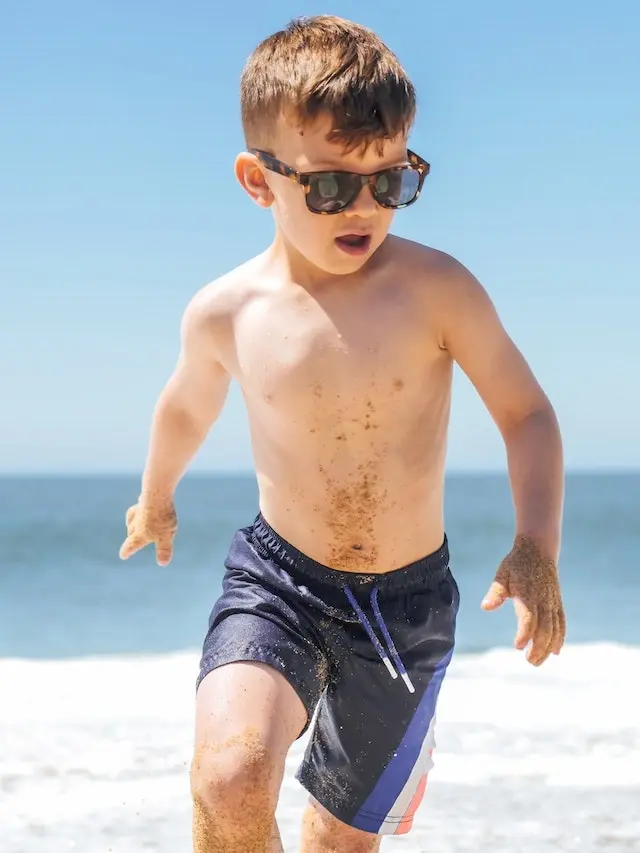
- Foundation for Awareness: Early exposure to water lays the foundation for water safety awareness. The familiarity gained through regular swim sessions contributes to a heightened sense of caution around water.
- Introduction to Rules: As the baby grows and becomes more cognizant, parents can gradually introduce basic water safety rules. These may include not running near the pool, always having a designated adult present, and understanding the importance of not entering the water without supervision.
- Formal Lessons: Participating in formal swimming lessons, tailored to the baby’s age group, often includes safety drills. These drills instil crucial safety habits and actions that can be retained into childhood.
What Should Parents Avoid During Infants Swim Sessions?
- Avoid Cold Water: It’s important to avoid subjecting babies to cold water. Cold temperatures can lead to discomfort and potentially disrupt the positive association with swimming.
- Limit Overwhelming Activities: While introducing new activities is beneficial, parents should be cautious not to overwhelm the baby. Introducing one new element at a time allows the baby to adjust without feeling overwhelmed.
- Never Leave Unattended: Perhaps the most critical point, parents should never leave a baby unattended near or in the water. Even in shallow areas or inflatable pools, constant supervision is non-negotiable.
Conclusion
The journey of introducing babies to swimming is a multifaceted experience that demands attention to various aspects, including physical development, emotional well-being, and safety considerations. By following these detailed guidelines, parents can embark on this aquatic adventure with confidence, creating positive and lasting memories for both themselves and their water-loving infants.

When is the right time to start introducing my baby to swimming?
The ideal time to introduce your baby to swimming is generally around 6 months of age. By this stage, most babies have developed the necessary neck strength and coordination to enjoy gentle water activities. However, always consult with your paediatrician before starting, as each child’s development is unique. If you decide to start earlier, look for baby swim classes specifically designed for younger infants, ensuring a safe and enjoyable experience.
What Are the Benefits of Early Water Introduction for Infants?
Early water introduction offers a myriad of benefits for infants. It helps improve muscle strength, coordination, and balance. The gentle resistance of water supports the development of motor skills. Moreover, the water environment often has a calming effect on babies, promoting better sleep patterns. Importantly, it fosters a positive association with water, laying the foundation for future swimming skills and a lifelong love for aquatic activities. Always ensure that the water temperature is suitable, and choose a safe and controlled environment for these early water interactions.

